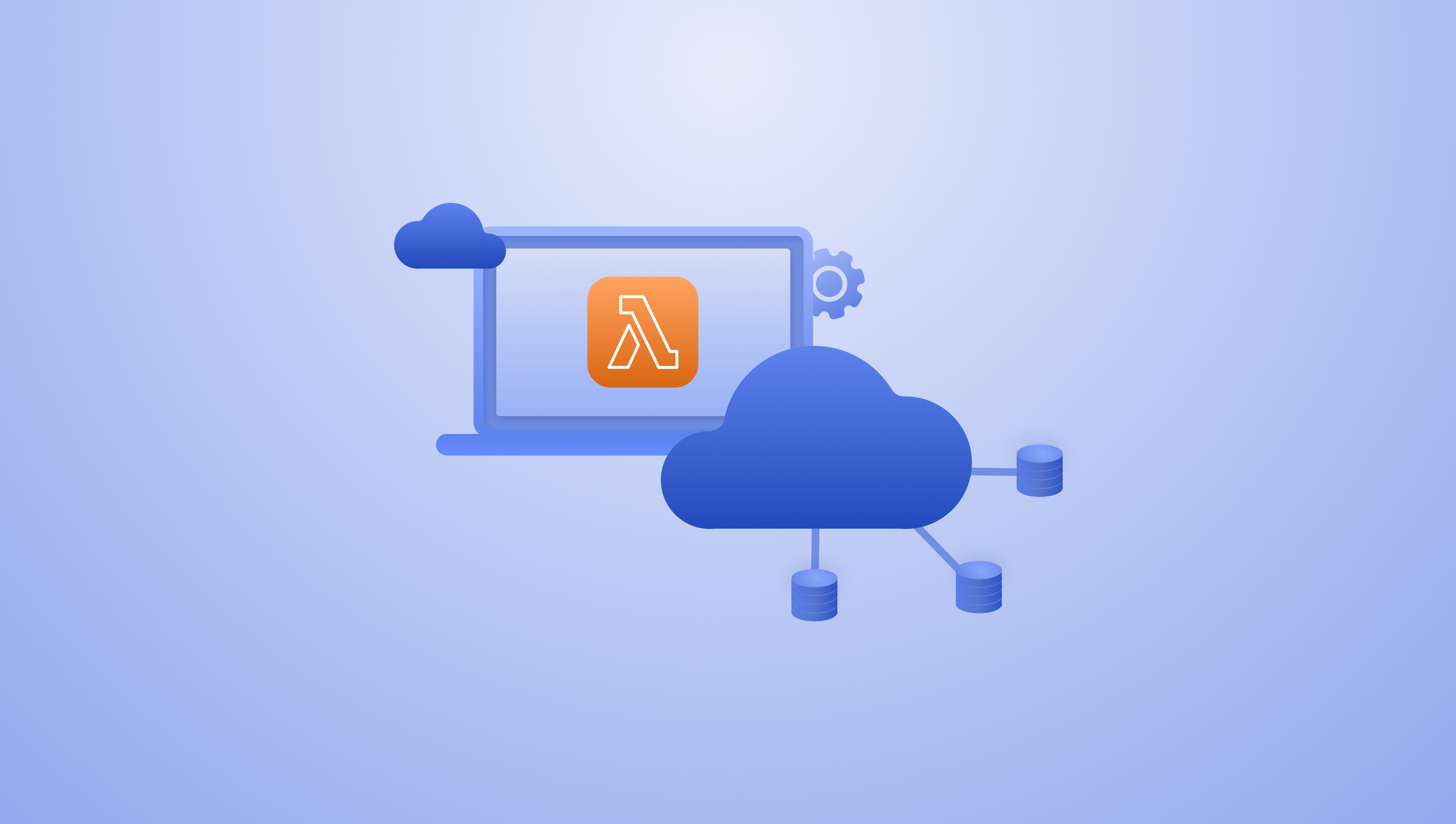AWS Lambda is regarded as the event-driven computing cloud service from different Amazon web services, which enables the developers to program the functions. Thus, it helps you execute the code without managing and provisioning the servers. Hence, you should pay for computation time. Hence, you will not be charged as the code does not run. As you choose the Lambda AWS Serverless, you should execute the code for the backend service and application with reduced administration.
You only need to upload the code. Lamba helps to take care of different things that are necessary to execute and scale the code with higher availability. So, you should set the code to fetch from different AWS services for Serverless Application Development automatically.
Reasons to choose AWS Lambda
AWS Lambda helps to run the code in response to different events, such as updates to the Amazon DynamoDB table, changes to the Amazon S3 buckets, and customization of the events generated by the devices and applications. By choosing the Lambda architecture, you do not need to provision the instances. Thus, AWS Lambda Development runs different administrative and operational activities for you, such as fleet health tracking, capacity provisioning, and code deployment, application of different security patches to different underlying compute resources, web service front-end execution, tracking, and logging the code. In addition, AWS Lambda Serverless on AWS offers higher availability and easy scaling of the code without extra effort on the part of the developer.
Integration of AWS Lambda with AWS Solutions
Amazon CloudWatch happens to be the monitoring service for the AWS cloud resources along with the applications that are executed on AWS. Hence, you will be able to use Amazon CloudWatch to collect and monitor the metrics, collect and track log files, and set alarms. Moreover, AWS Lambda provides support for the CloudWatch tools.
CloudWatch alarms help to monitor deployments and stop them as certain monitoring metrics fall below or exceed the thresholds specified within the CloudWatch alarm rule. If you want to use the alarm monitoring, you need to set the alarm in CloudWatch, after which you should add the same in CodeDeploy to the deployment and application groups. The deployments need to stop with the alarm activation.
AWS CloudTrail
CodeDeploy gets integrated into the AWS CloudTrail. Such a service captures the API calls, which are created on behalf of CodeDeploy in an AWS account, after which the log files are delivered to an Amazon S3 bucket. Moreover, CloudTrail helps collect different API calls from the CodeDeploy console. Use of such information helps to determine the request made within CodeDeploy and the source IP address from which the request is created.
Amazon CloudWatch Logs helps to monitor different kinds of logs that the CodeDeploy agent creates without the need to sign them for different instances at once. Amazon CloudWatch Events play an integral role in detecting and reacting to different changes within the state of an instance. Based on the rules, CloudWatch Events help invoke either of the target actions as the instance or deployment enters the different state, specified within the rule.
AWS CodePipeline
It happens to be the continuous delivery service, which helps with visualization, modeling, and automating different steps, which are essential for the release of the software in the continuous delivery process. You should opt for AWS CodePipeline, which helps in defining the release process. Hence, the service will facilitate code development, code testing, and code deployment with a change in the code. It is recommended to set the pipeline, which helps to deploy the updates to the deployment group with a change in the source code.
AWS Cloud9
AWS Cloud9 is regarded as the cloud-based integration development environment, which is useful for code writing, deployment, and debugging from an internet machine. In addition, AWS Cloud 9 is inclusive of the code terminal, code debugger, code editor, and other crucial tools.
AWS Serverless Application Model
The AWS Serverless Application Model(SAM) is recognized as a tool that helps in defining serverless applications. Moreover, it helps in extending AWS CloudFormation, which helps in offering a simplified option to define the AWS Lambda functions.
AWS Lambda provides a hassle-free option to Serverless Application Development to accomplish various activities in the cloud. Hence, you will be capable of using AWS Lambda to create different mobile back-ends that help data retrieval and data transformation from Amazon DynamoDB. Besides this, AWS Lambda provides support for PowerShell, Go, Java, Python, C#, and Node.Js. Apart from this, it executes the Runtime API, which helps to use the extra programming languages to author different functions. AWS Lambda helps in operating the compute infrastructure. Moreover, it helps facilitate health checks, the application of security patches, and routine maintenance.

